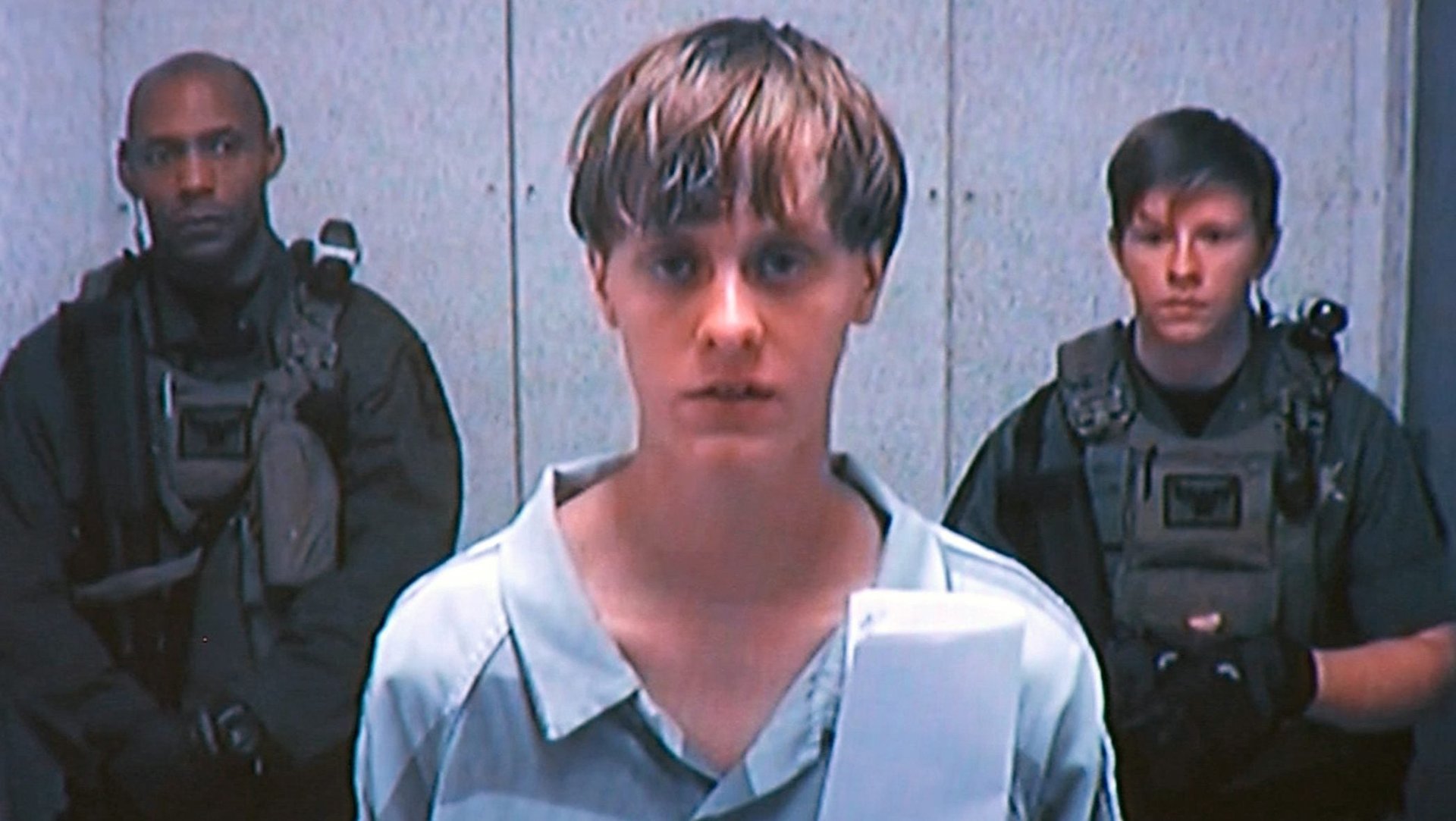Dylann Roof is the first person in modern US history to face both a federal and state death penalty
Dylann Roof, the 22-year-old white supremacist who confessed to shooting and killing nine black parishioners last year in a church in Charleston, South Carolina is the first person in modern US history to face both a federal and state death penalty at the same time, according to experts. Roof’s first trial, the federal one, started earlier this week in Charleston.


Dylann Roof, the 22-year-old white supremacist who confessed to shooting and killing nine black parishioners last year in a church in Charleston, South Carolina is the first person in modern US history to face both a federal and state death penalty at the same time, according to experts. Roof’s first trial, the federal one, started earlier this week in Charleston.
The jury in this trial will decide whether Roof is guilty of hate crimes, which are a federal offense. Attorney general Loretta Lynch said in May that the government would seek the death penalty because “the nature of the alleged crime and the resulting harm compelled this decision.” Lynch decided to pursue the death penalty even though Roof could also face a death sentence in his state trial, where he is charged with multiple counts of murder, scheduled to start in January 2017. This wasn’t an obvious choice, and it is a controversial one.
“It’s unprecedented that the federal government and a state would seek the death penalty against a single individual at the same time,” said Robert Dunham, Executive Director of the Death Penalty Information Center (DPIC). “That has never happened before.”
Federal executions are very rare. Since 1988, when the federal death penalty was reinstated in the United States after the Supreme Court declared it unconstitutional in 1972, only three convicts have been executed, one of them Timothy McVeigh, the Oklahoma City bomber. The last execution, in 2003, was of Louis Jones Jr. a veteran who raped and killed an army recruit in 1995 in Texas. There are 62 inmates currently on death row, and the last one to be added was the Boston Marathon bomber, Dzhokhar Tsarnaev. In comparison, there have been 1,349 state executions since 1988, according to the DPIC, and there are 2,905 people on death row across the country.
“Before the federal government can charge somebody with a crime, they must have a constitutionally sufficient interest in the case,” said Dunham. Federal prosecutors can seek the death penalty in a range of circumstances: if the murder occurred on federal land; if the victim was government employee; or if it included a carjacking, kidnapping, or sex abuse, then it can carry the federal death penalty.
In this case, the government’s basis for action is the Hate Crimes Prevention Act. South Carolina does not have a hate crimes statute, so the government decided to pursue the case, because it involved “racially motivated violence.” What makes the case unusual is that federal prosecutors did not necessarily need to step in to ensure Roof would face capital punishment: South Carolina has the death penalty, and its prosecutors announced they would seek it for Roof long before the Department of Justice.
The decision to seek the federal death penalty for Roof is a contentious one. Some of the families of the victims had publicly forgiven Roof, and African-American legal advocacy groups oppose executing him because of the nature of capital punishment in the United States. “Such a sentence would have the perverse effect of justifying the routine, racially discriminatory imposition of the death penalty on black people,” wrote Christina Swarns of the NAACP Legal Defense and Educational Fund in the New York Times. Roof’s lawyers have argued that the Hate Crimes Prevention Act actually does not carry the death penalty: Efforts to add it to the legislation failed in 2009 before it was passed in Congress.
But the government is determined, and when Roof’s attorneys, some of the top capital punishment defenders in the country, said he would plead guilty in exchange for a life sentence, the federal prosecutors rejected the offer.
So what will happen if Roof gets two death penalties? It’s not entirely clear. Essentially, Dunham says, the first jurisdiction to deliver such a sentence would execute Roof. But that might be years from now, since the appeals process for death penalty cases in the US is notoriously long.